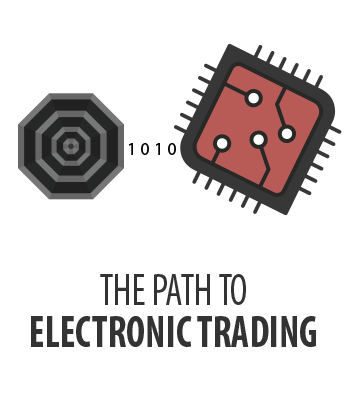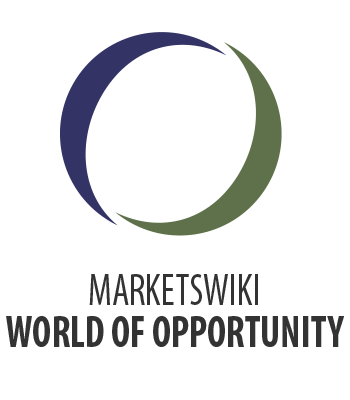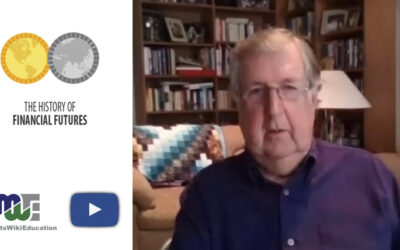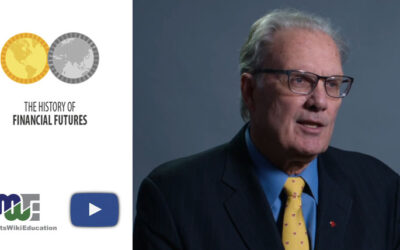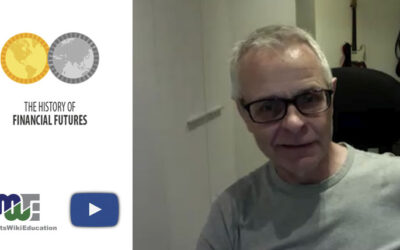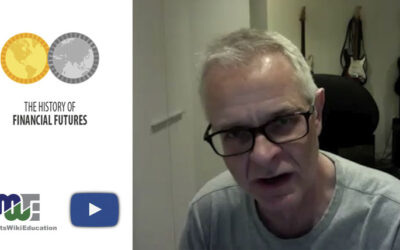(Editor’s note: John Lothian News interviewed SGX Chief Commercial Officer Rama Pillai at the FIA Boca Raton conference in 2019 for The History of Financial Futures video series from JLN and MarketsWiki Education. The plan was to weave the interview with other content into a larger narrative about the history of Asian financial futures; however, we have been slow to accomplish that goal. Instead, we are releasing our interview as a standalone piece with Pillai telling the story of the Singapore Exchange’s development from a gold exchange to SIMEX to SGX.)
In 1978, the Gold Exchange of Singapore (GES) was created by some Singaporean bullion dealers. Then in the early 1980s, the Monetary Authority of Singapore and financial community leaders sent teams around the world to examine different market structures. One was sent to Chiago to examine the Chicago Mercantile Exchange, Pillai said. The Singaporean team sent to Chicago liked the CME model and felt it would work well in Singapore. This led to the creation of the Singapore International Monetary Exchange or SIMEX.
Thus began a collaboration between Singapore and CME pioneering the first international exchange linkage establishing the world’s first mutual offset system (MOS), a 24-hour trading system that started with the Eurodollar contract.
That mutual offset system is still in place today, Pillai said.
To get the exchange started, the Gold Exchange of Singapore and its traders were rolled Into SIMEX. The new exchange also advertised for new traders. To ensure best practices were developed, the exchange sent the first batch of traders to Chicago for several months for training in trading pits there. Some Chicago traders also made the return trip to Singapore to help continue training the traders.
Traders from Singapore and Chicago formed relationships that helped establish the markets and encouraged some Chicago firms to establish operations in Singapore, Pillai said.
Six local Singaporean banks fully supported the efforts as well, he said.
In 1986, SIMEX added its next product, the Nikkei. This involved education efforts at the exchange and among market players.
Pillai did not discuss the merger between SIMEX and the Stock Exchange of Singapore that created the Singapore Exchange, but he did discuss the move to electronic trading and how the exchange successfully navigated this.
While other exchanges saw their local trading populations greatly reduced by the move to electronic trading, Singapore saw 80 to 85% of its local trading community survive, Pillai said. The exchange created an electronic learning center on the trading floor and brought market educator Dan Gramza in from Chicago to help its traders learn electronic trading. Gramza even had an office on the trading floor where he could counsel traders during the trading day.
Piliai said as a result of the success of the efforts to help the locals, the Singaporean local trading community almost doubled in size by the time the move to the screen was complete.


